Market Growth Projections
The Global Shrink Sleeve Labels Market Industry is poised for substantial growth, with projections indicating a market size of 14.5 USD Billion in 2024 and an anticipated increase to 24.6 USD Billion by 2035. This growth trajectory suggests a compound annual growth rate of 4.92% from 2025 to 2035. Such figures highlight the increasing adoption of shrink sleeve labels across various sectors, driven by factors such as consumer preferences for attractive packaging and the need for compliance with labeling regulations. The market's expansion reflects broader trends in consumer behavior and industry innovation, positioning it as a dynamic segment within the packaging landscape.
Growth in the Food and Beverage Sector
The food and beverage sector is a primary driver of the Global Shrink Sleeve Labels Market Industry. With the increasing consumption of packaged foods and beverages, the demand for effective labeling solutions is rising. Shrink sleeve labels offer advantages such as 360-degree branding and tamper-evident features, making them particularly appealing to manufacturers. As the sector expands, particularly in emerging markets, the market for shrink sleeve labels is expected to flourish. By 2035, the market could reach 24.6 USD Billion, indicating a robust growth trajectory. This growth is likely to be fueled by the need for attractive packaging that enhances product visibility and consumer engagement.
Expansion of E-commerce and Online Retail
The expansion of e-commerce and online retail is reshaping the Global Shrink Sleeve Labels Market Industry. As more consumers turn to online shopping, the demand for packaging that ensures product safety during transit is increasing. Shrink sleeve labels provide a secure and visually appealing solution for products shipped directly to consumers. This trend is particularly pronounced in sectors such as cosmetics and personal care, where packaging plays a critical role in brand perception. The growth of e-commerce is expected to drive the market further, as brands seek to enhance their packaging strategies to meet consumer expectations in the digital marketplace.
Regulatory Compliance and Labeling Requirements
Regulatory compliance and labeling requirements are crucial drivers of the Global Shrink Sleeve Labels Market Industry. Governments worldwide are implementing stringent regulations regarding product labeling, particularly in sectors like food and pharmaceuticals. These regulations often mandate clear and informative labeling, which shrink sleeve labels can effectively provide. As companies strive to meet these compliance standards, the demand for high-quality labeling solutions is likely to increase. This trend not only ensures consumer safety but also fosters brand trust. Consequently, businesses that prioritize compliance in their labeling strategies may find themselves better positioned in a competitive market.
Rising Demand for Sustainable Packaging Solutions
The Global Shrink Sleeve Labels Market Industry is experiencing a notable shift towards sustainable packaging solutions. As consumers increasingly prioritize eco-friendly products, manufacturers are adapting their offerings to meet this demand. For instance, the use of biodegradable and recyclable materials in shrink sleeve labels is gaining traction. This trend is not only driven by consumer preferences but also by regulatory pressures aimed at reducing plastic waste. The industry's growth is projected to reach 14.5 USD Billion in 2024, reflecting a significant response to sustainability concerns. Companies that innovate in this area may find themselves at a competitive advantage, potentially influencing market dynamics.
Technological Advancements in Printing Techniques
Technological advancements in printing techniques are significantly impacting the Global Shrink Sleeve Labels Market Industry. Innovations such as digital printing and flexographic printing are enhancing the quality and efficiency of label production. These advancements allow for greater customization and shorter production runs, catering to the diverse needs of brands. As companies seek to differentiate their products in a crowded marketplace, the ability to produce high-quality, visually appealing labels becomes paramount. The anticipated compound annual growth rate of 4.92% from 2025 to 2035 suggests that these technological improvements will play a crucial role in sustaining market growth and meeting evolving consumer preferences.
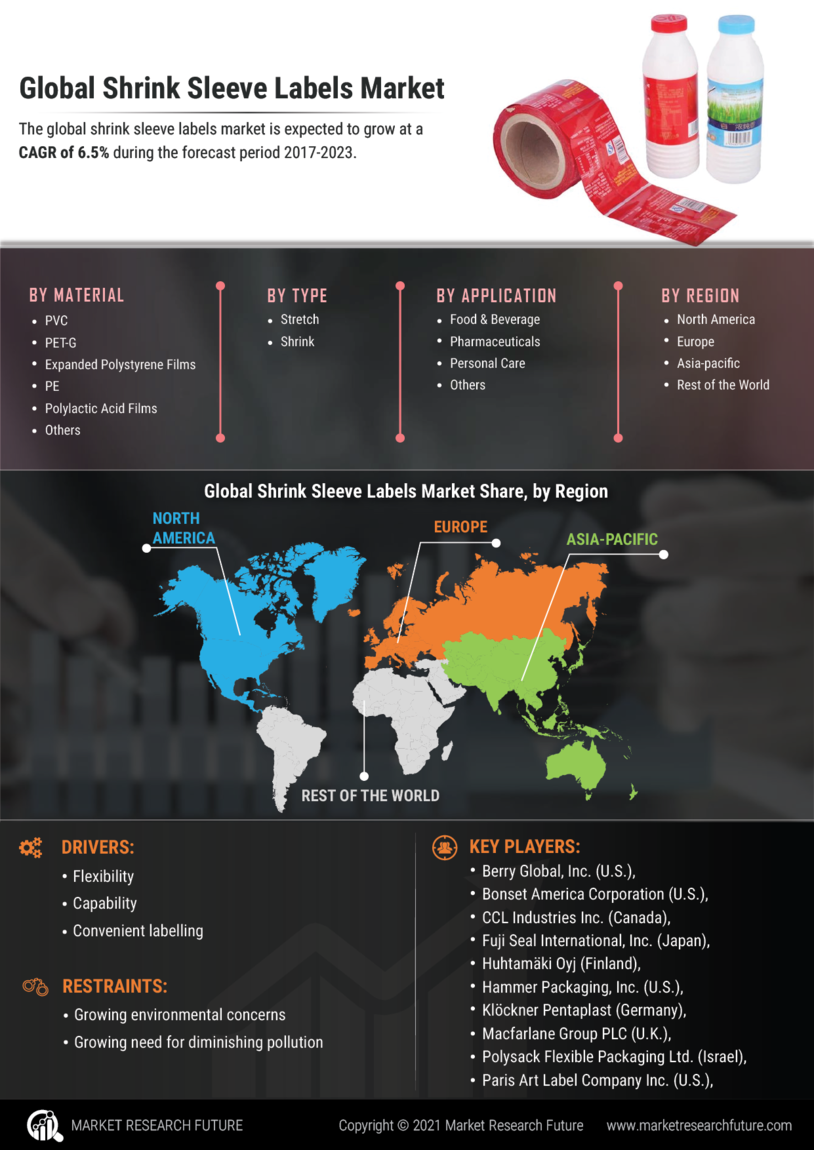

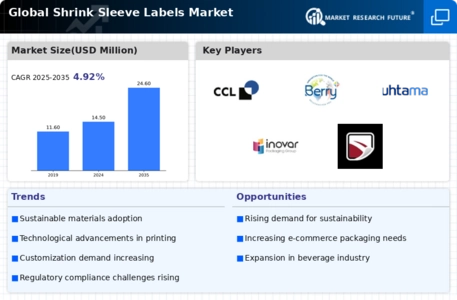
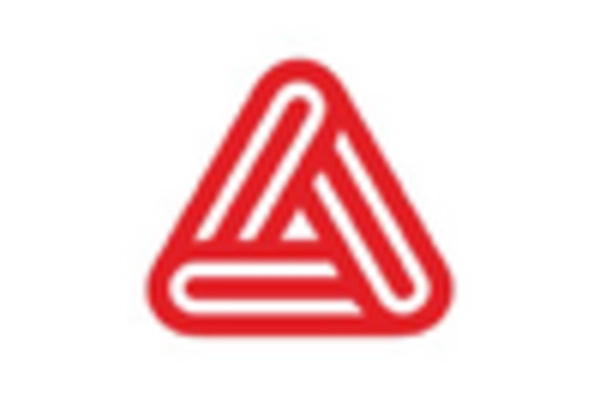
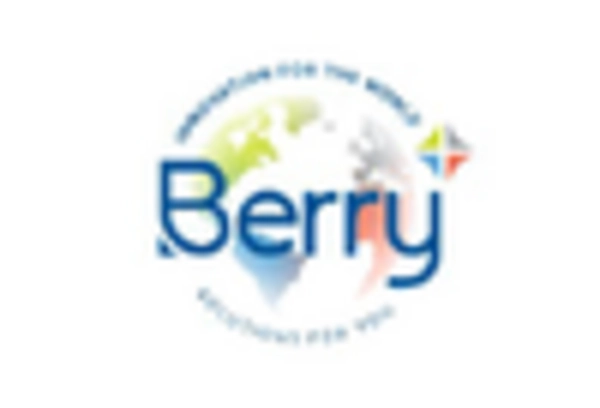
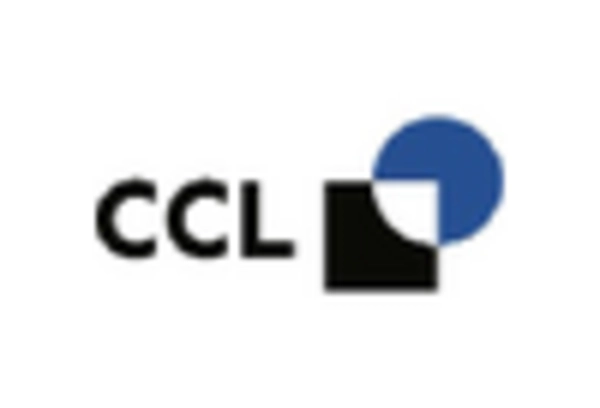

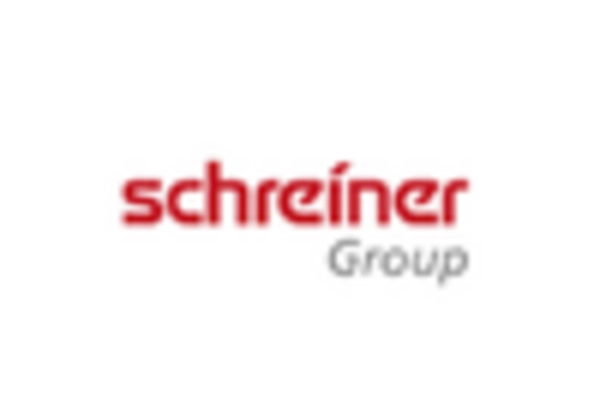
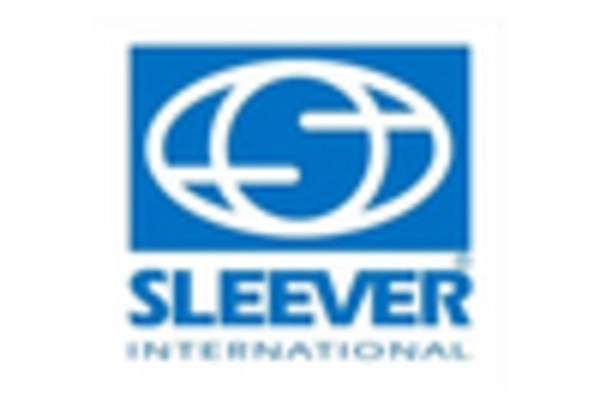








Leave a Comment